
Graduate in International Politics & Strategic Studies. Dabble in naval history. Frequently distracted by cricket.
2 subscribers
How to get URL link on X (Twitter) App


 The ships were as follows:
The ships were as follows:

 Dreadnought.
Dreadnought.

 Up until 1930 the scrapping schedule was set by the 1922 Washington Naval Treaty.
Up until 1930 the scrapping schedule was set by the 1922 Washington Naval Treaty.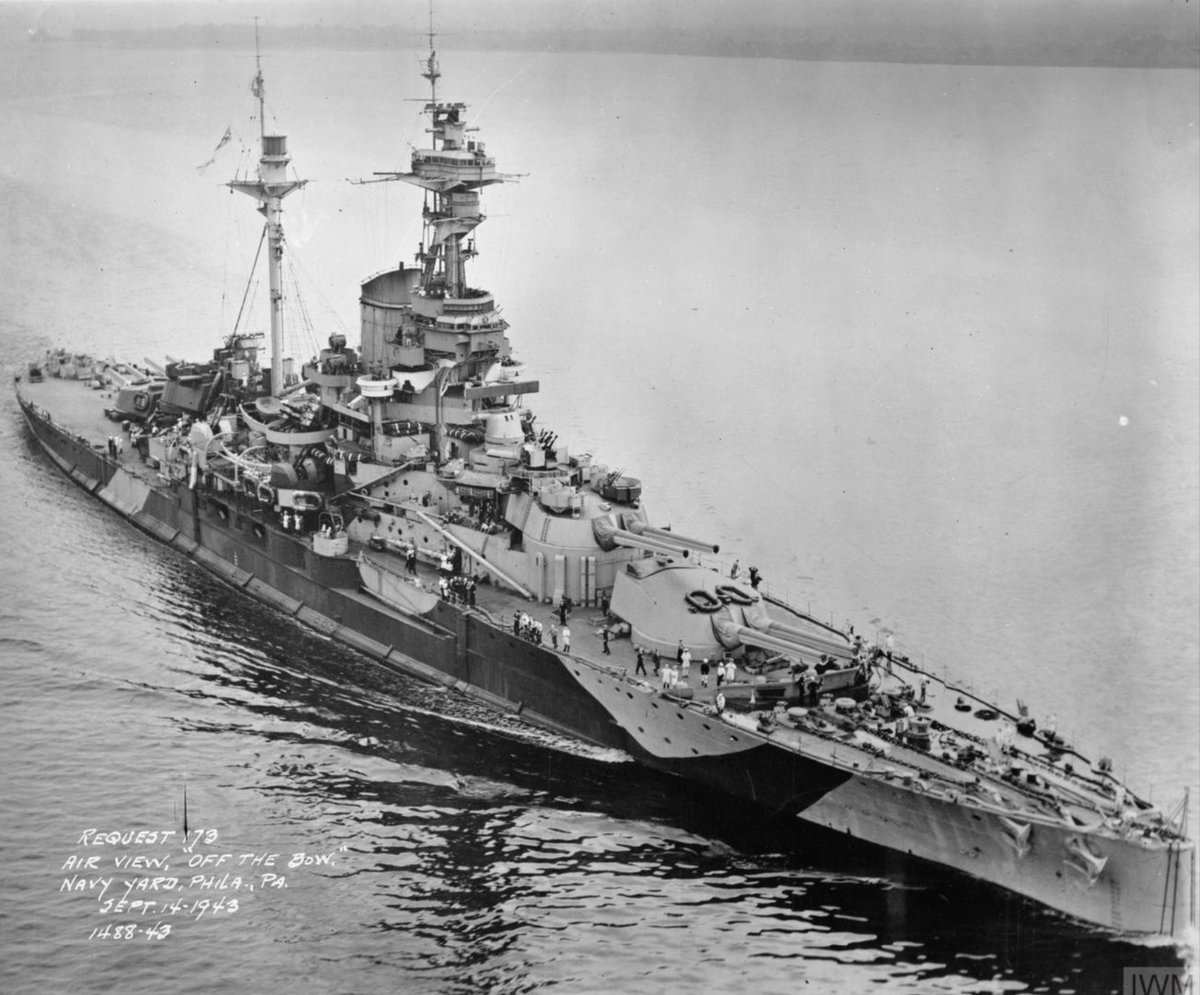

https://twitter.com/mpwarwick/status/1864748682043650094
 Firstly, how do we know this is Warspite?
Firstly, how do we know this is Warspite?
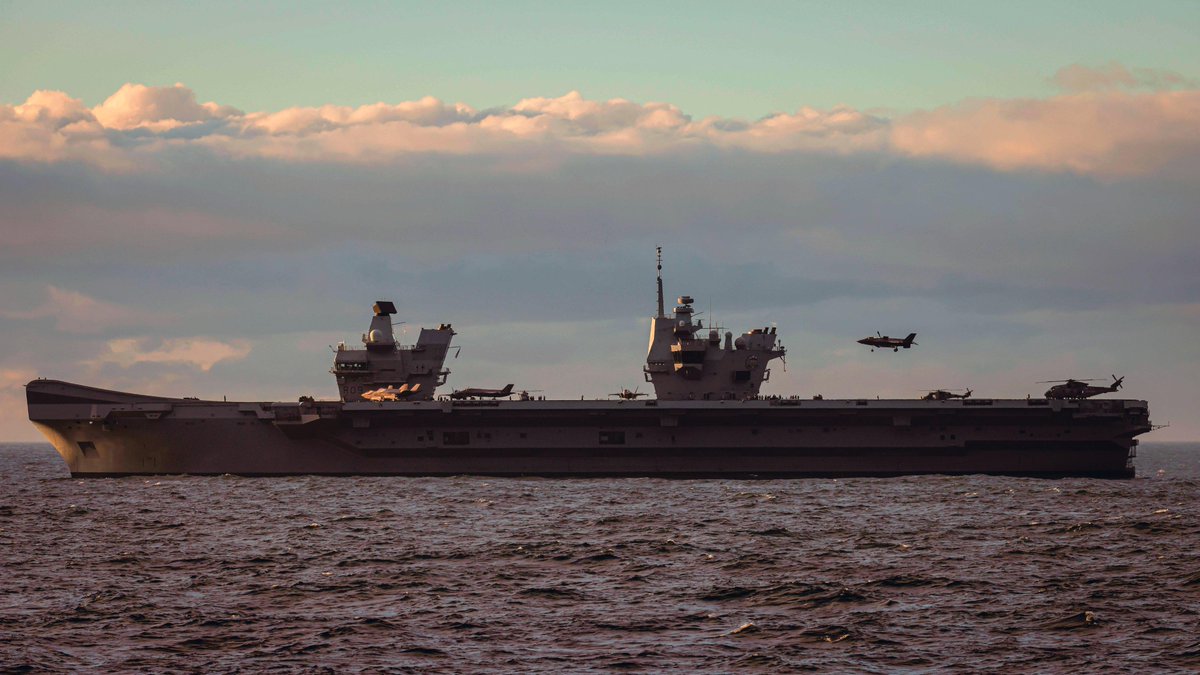
 "This long story would seem to have several morals. The first and most important is that carriers are valuable because they enhance the flexibility - the crucial element - of seapower. Navies are effective because they can present a great variety of enemies with a wide range
"This long story would seem to have several morals. The first and most important is that carriers are valuable because they enhance the flexibility - the crucial element - of seapower. Navies are effective because they can present a great variety of enemies with a wide range 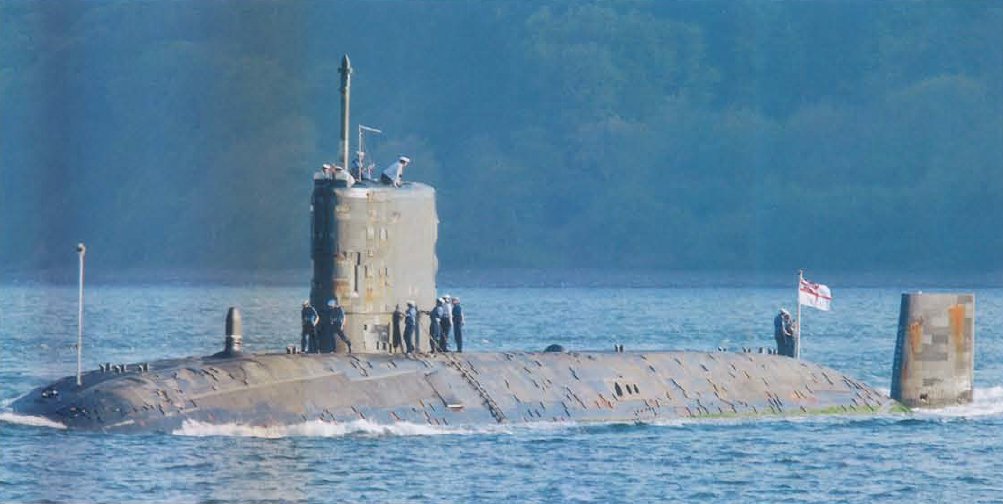
https://twitter.com/NavyLookout/status/1859881964452655530Attack Submarines.


 These turrets were ordered in 1913-14 and consequently were some 30 years old by the time Vanguard entered service in 1946. This, however, does her firepower a great disservice. This can be seen by looking at each element of the main armament.
These turrets were ordered in 1913-14 and consequently were some 30 years old by the time Vanguard entered service in 1946. This, however, does her firepower a great disservice. This can be seen by looking at each element of the main armament.
https://twitter.com/thinkdefence/status/1843732387584454818The carriers aren't responsible for the sorry state of the RFA, decades of below-inflation pay rises, and their inability to provide a crew for half of its ships.

 On the 21st May she reported to CinC Home Fleet as being ready for Fleet service. On the 22nd May she sailed to intercept the Bismarck.
On the 21st May she reported to CinC Home Fleet as being ready for Fleet service. On the 22nd May she sailed to intercept the Bismarck. 
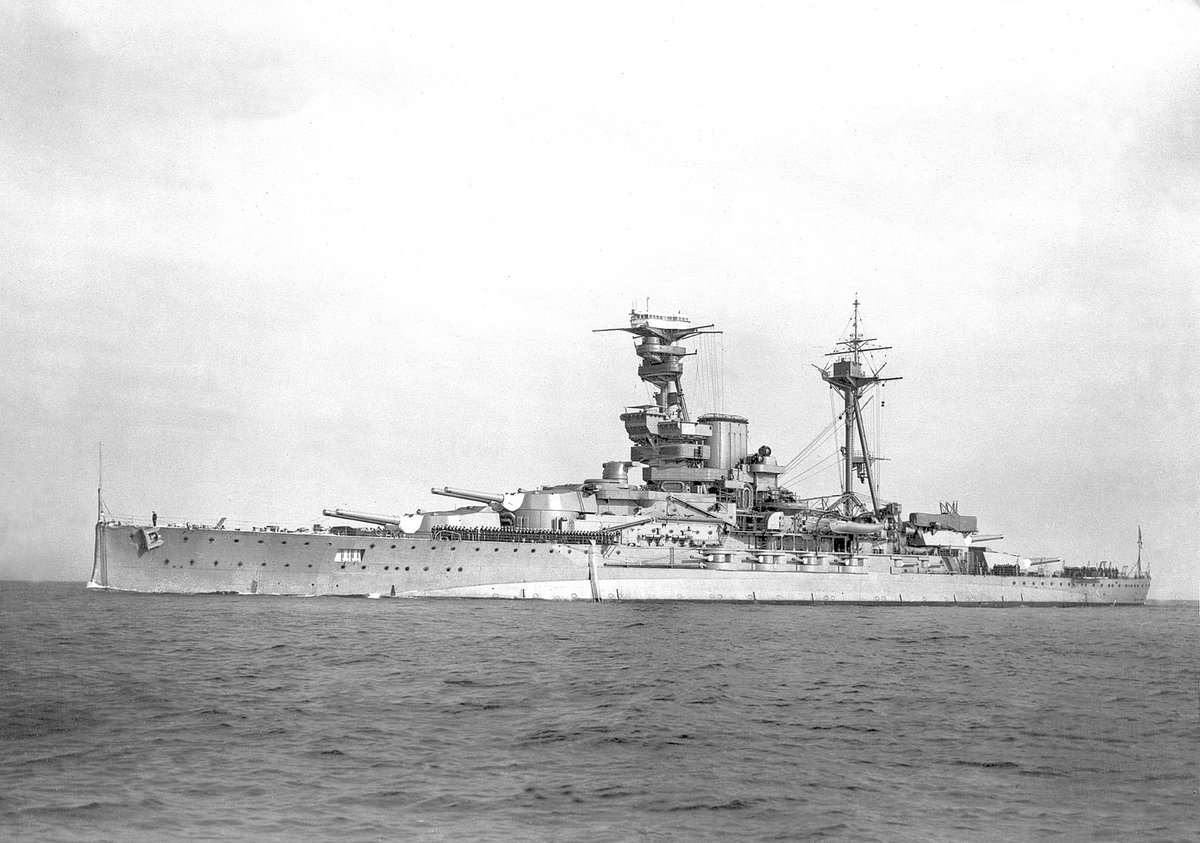
 The Queen Elizabeths were a 'special' class. Intended to give the battle fleet its own organic fast division, they introduced some notable improvements - the 15in gun, being entirely oil fueled, and the increased speed of 25 knots.
The Queen Elizabeths were a 'special' class. Intended to give the battle fleet its own organic fast division, they introduced some notable improvements - the 15in gun, being entirely oil fueled, and the increased speed of 25 knots. 

 First, the main armament. 10 x 14-inch guns in a 4-2-4 arrangement. The turrets were called 'A', 'B' and 'Y'. 'B' turret was originally conceived as a Quad as well, but changed to a twin to enable more armour to be carried on a Treaty limited displacement.
First, the main armament. 10 x 14-inch guns in a 4-2-4 arrangement. The turrets were called 'A', 'B' and 'Y'. 'B' turret was originally conceived as a Quad as well, but changed to a twin to enable more armour to be carried on a Treaty limited displacement. 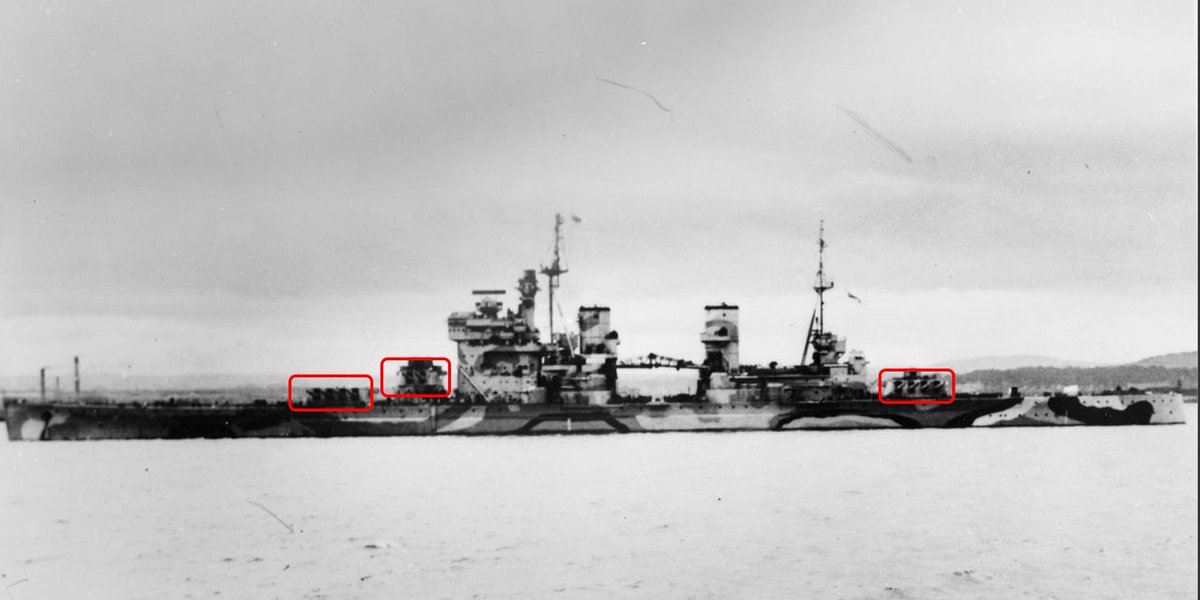

 The advantages of the larger gun are clear - it has a bigger shell, with more ability to penetrate armour. It'll generally have a larger bursting charge inside it.
The advantages of the larger gun are clear - it has a bigger shell, with more ability to penetrate armour. It'll generally have a larger bursting charge inside it. 

 Vanguard was the last British battleship built – the 59th in a line of big-gun warships going back to Dreadnought. She was a ship with quite an interesting origin. In the late 1930s the Royal Navy had embarked on an ambitious construction programme of capital ships.
Vanguard was the last British battleship built – the 59th in a line of big-gun warships going back to Dreadnought. She was a ship with quite an interesting origin. In the late 1930s the Royal Navy had embarked on an ambitious construction programme of capital ships.

 This is the sight for the UP Launcher on "B" turret. As designed it was meant to be No. 1 Pom Pom director for an Octuple Pom Pom on "B" turret, but such mounts were in short supply when the ship completed.
This is the sight for the UP Launcher on "B" turret. As designed it was meant to be No. 1 Pom Pom director for an Octuple Pom Pom on "B" turret, but such mounts were in short supply when the ship completed. 

 Firstly, unit machinery and sub-division. The main propulsion machinery was divided across 8 compartments. 4 boiler rooms, each with 2 boilers, and 4 engine rooms.
Firstly, unit machinery and sub-division. The main propulsion machinery was divided across 8 compartments. 4 boiler rooms, each with 2 boilers, and 4 engine rooms.

 One of the defining visual features of the King George V class, as built at least, is the large gap between the forward and aft superstructure. This was the 'catapult deck', and was the location for the aviation facilities on board the ship.
One of the defining visual features of the King George V class, as built at least, is the large gap between the forward and aft superstructure. This was the 'catapult deck', and was the location for the aviation facilities on board the ship.

 Traditionally, capital ships had both something called a Compass Platform and an armoured Conning Tower. Helpfully modelled below by HMS Hood.
Traditionally, capital ships had both something called a Compass Platform and an armoured Conning Tower. Helpfully modelled below by HMS Hood. 


